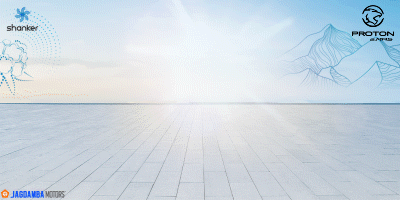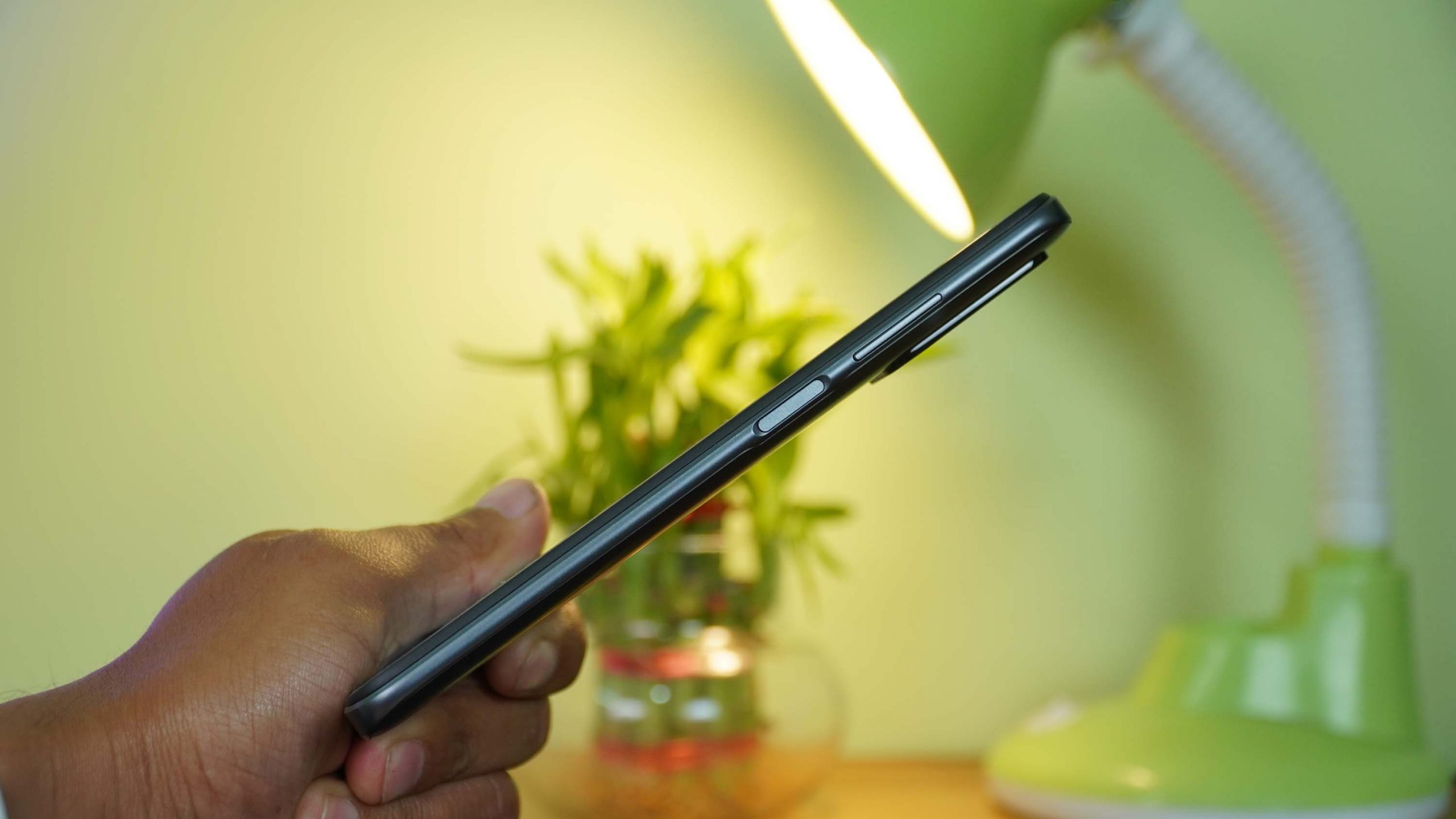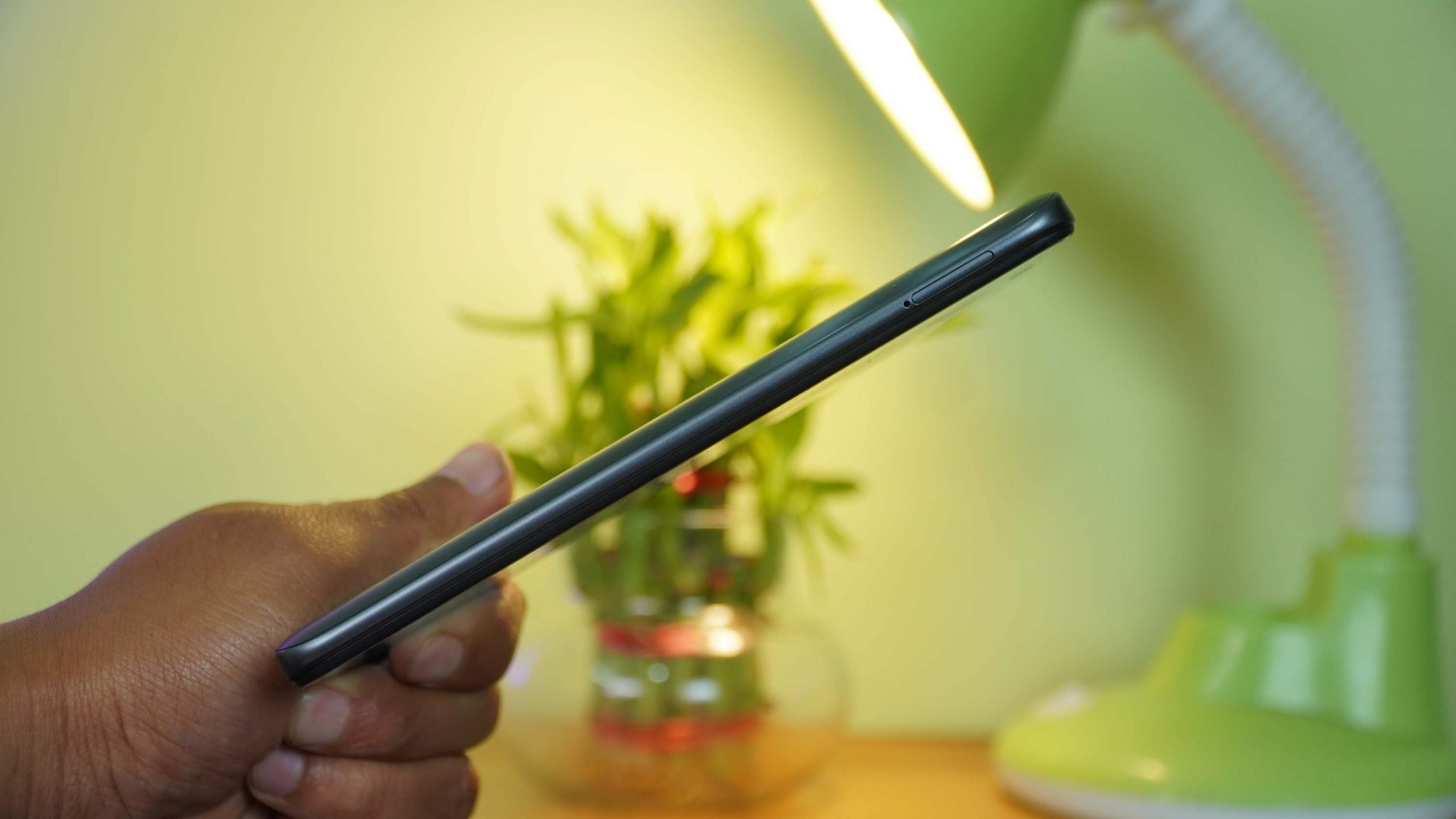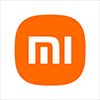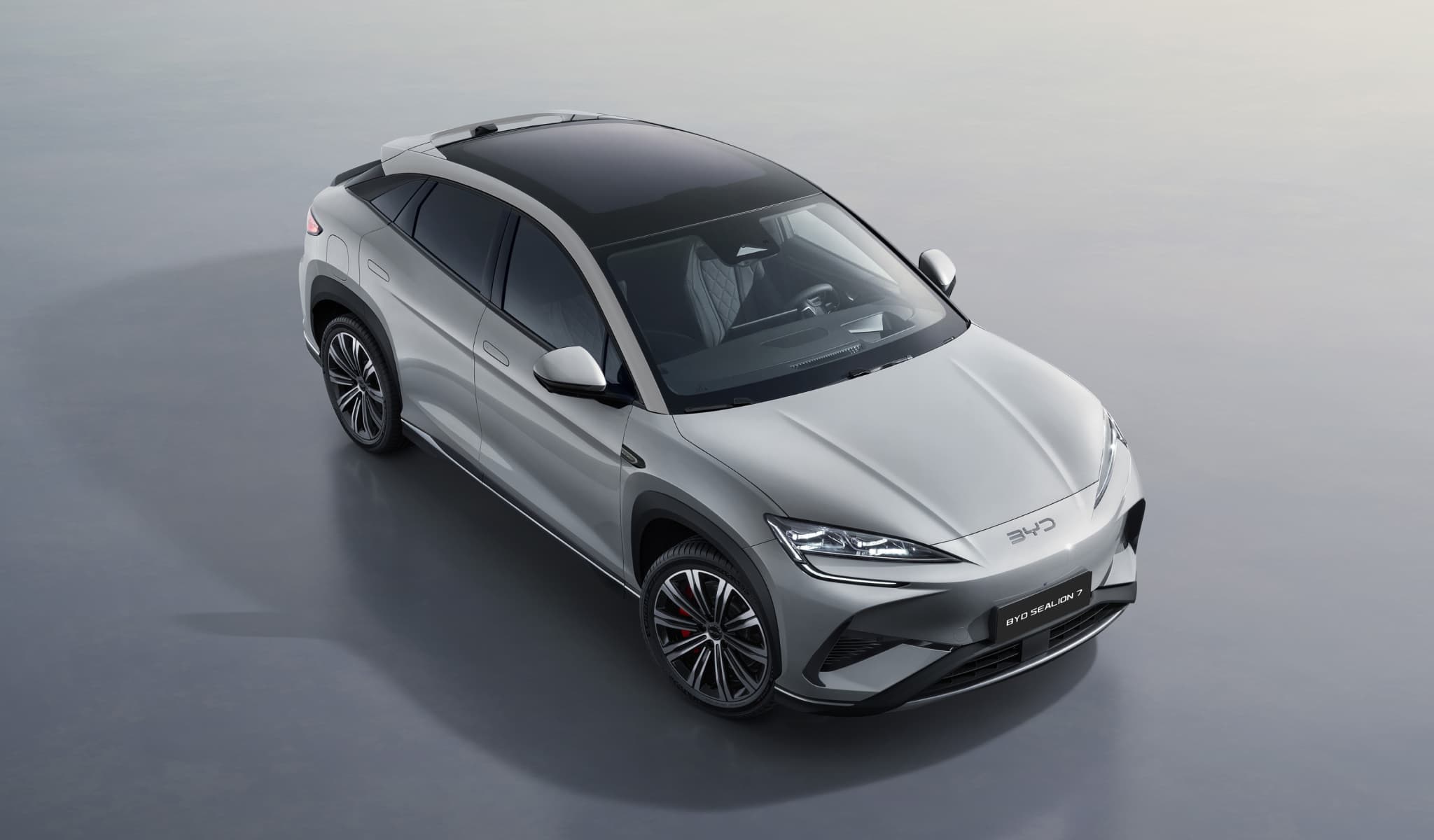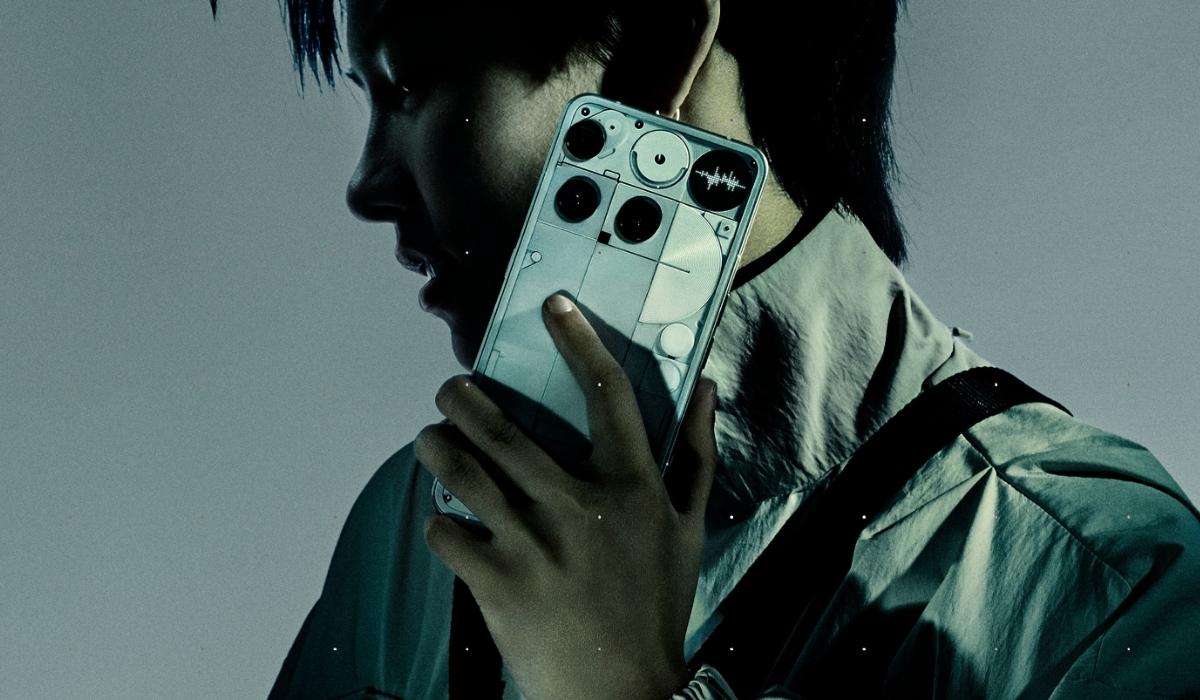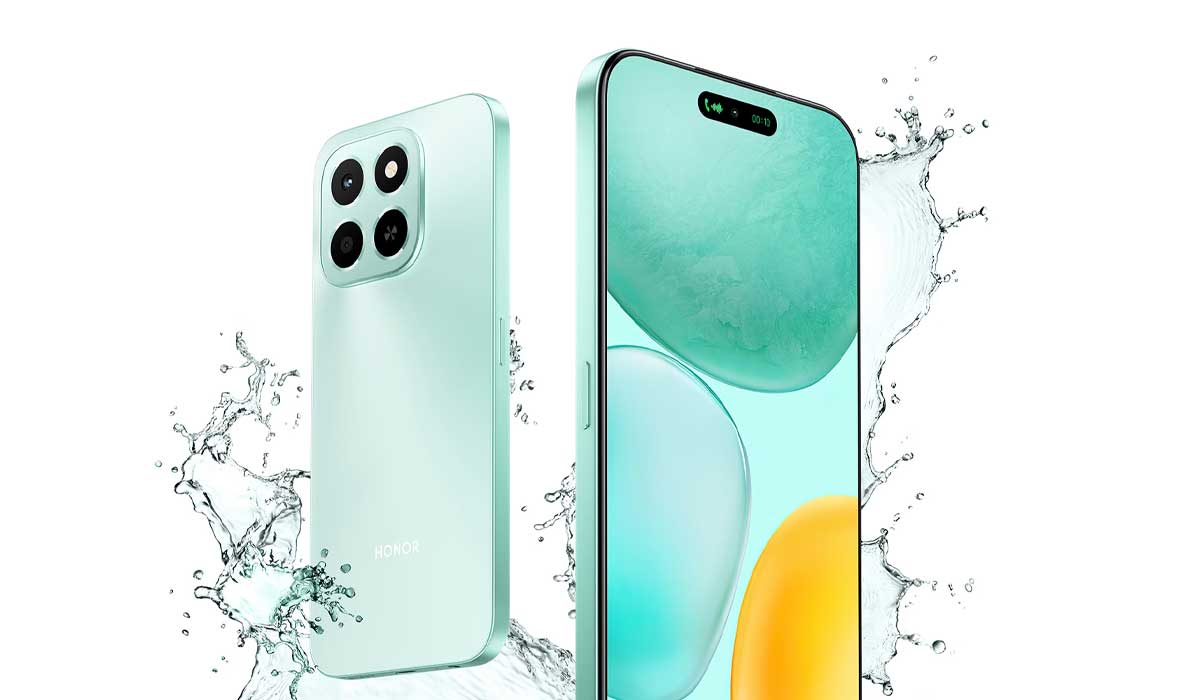Pros
- 90Hz FHD+ Panel
- Good Performance
- Good Battery
- 18W Fast Charging
Cons
- Average Camera Performance
- Slighlty Expensive

Xiaomi Redmi 10 Prime is the latest budget phone from Xiaomi and an upgrade to the last year’s Redmi 9 Prime.
Redmi 10 Prime price in Nepal is Rs. 20,999 (4/64GB) and Rs. 23,999 (6/128GB). For the price, it brings a new chipset, a new main camera sensor, and a high refresh rate display.
So, let me tell you all about it in my review of the Redmi 10 Prime.
Redmi 10 Prime Specifications
- Body: 161.95 x 75.57 x 9.56mm, 192 g
- SIM: Dual SIM (Nano-SIM, dual stand-by)
- Display: 6.5 inches FHD+, 2400 x 1080 pixels, 90Hz, LCD, 20:9
- Chipset: MediaTek Helio G88
- CPU: Octa-core (2×2.0 GHz Cortex-A75 & 6×1.8 GHz Cortex-A55)
- GPU: Arm Mali-G52
- Memory: 4GB RAM 64GB storage, 6GB RAM 128GB storage, eMMC 5.1
- OS: Android 11, MIUI 12.5
- Rear Camera: 50 MP, f/1.8, (wide), PDAF
- 8MP, f/2.2, 120˚, (ultrawide)
- 2MP, f/2.4, (macro)
- 2MP, f/2.4, (depth)
- Video: 1080p@30fps, 720p@120fps
- Front Camera: 8 MP, f/2.0
- Video: 1080p@30fps
- Battery: Non-removable Li-Po 6000 mAh battery, Fast Charging 18W
- USB: USB Type-C 2.0, USB On-The-Go
- Misc: Fingerprint (side-mounted), Reverse charging 9W, Accelerometer, gyro, proximity, 3.5mm Headphone jack
- Colors: Bifrost Blue, Astral White, Phantom Black
Redmi 10 Prime Price in Nepal: Rs. 20,999 (4/64GB) | Rs. 23,999 (6/128GB)
Redmi 10 Prime Review
Design
- 161.95 x 75.57 x 9.56mm, 192g
- Dual SIM (Nano-SIM, dual stand-by)

Redmi 10 Prime is made out of plastic just like the Redmi 9 Prime with plastic rear and plastic frame. Nonetheless, the matte finish on the rear makes it look premium for the price. However, I’m not a fan of the new rear camera module. It just looks ridiculously big for a phone with an average set of cameras.
ALSO READ: Poco F3 GT Review: An Impressive Gaming Phone
On the bottom, it has a speaker, USB Type-C port, and a mic. On the opposite side, there’s another speaker, a 3.5mm headphone jack, a mic, and an IR blaster.
The right side of the phone houses a power button that acts as a fingerprint sensor and volume buttons. On the left, it has a dual sim and micro sd slot.
The overall footprint of the Redmi 10 Prime is big and it is not possible to use with a single hand. While the build quality is good, I’m not impressed with the new design choices.
Display
- 6.5 inches IPS LCD
- 1080 x 2400 pixels
- 90Hz
- Corning Gorilla Glass 3

The 6.5 inch IPS LCD panel at this price range is pretty common. And, we can also get 90Hz displays at this price too. That’s what we get with the Redmi 10 Prime.
The LCD panel is more than bright enough and the color reproduction is decent.
While the colors are not as good as the AMOLED panel, Xiaomi is using good quality LCD panel with good viewing angles.
Moving to high refresh rate optimization, the 90Hz display feels pretty smooth. But, it stays at 90Hz even when the display is not in use. It does drop down to 60Hz in Youtube, Camera app, and games. Except that, it stays at 90hz all the time.
So far, the 90Hz display of the Redmi 10 Prime works flawlessly. I haven’t found any touch-related issues during my review period
Performance
- MediaTek Helio G88 (12nm)
- Octa-core (2×2.0 GHz Cortex-A75 & 6×1.8 GHz Cortex-A55)
- 128GB 6GB RAM
- 256GB 8GB RAM, eMMC 5.1
Redmi 10 Prime doesn’t get a massive upgrade when it comes to raw performance. It is using a MediaTek Helio G88 chipset which is exactly like the Helio G85 when it comes to CPU core count and GPU. The only difference is that it can now natively support up to 64MP camera and 90Hz display at 1080p fps.
ALSO READ: Samsung Galaxy A03s Review: A Typical Samsung Budget Phone
The G88 can easily handle basic tasks like app opening, UI navigation, and multiple apps. I did not notice any sort of lags or stutters during my normal use case.
Moving on to gaming performance, you can play PUBG Mobile at Smooth graphics + Ultra fps setting and HD graphics + High fps setting. Similarly, you can play COD Mobile at Low-Medium graphics at a High fps setting. The games run pretty smooth at these settings as I did not notice any major stutters. But, you will start to see some lags after an hour of gaming.
Camera
- Rear Camera: 50 MP, f/1.8, (wide), PDAF
- 8 MP, f/2.2, 120˚ (ultrawide)
- 2 MP, f/2.4, (macro)
- 2 MP, f/2.4 (depth)
- Video: 4K@30fps, 1080p@30/60/120fps, 720p@30/60/240/960fps
- Front Camera: 16MP, f/2.2
- Video: 1080p@30fps

Redmi 10 Prime has a quad-camera setup on the rear with a 50MP main sensor, an 8MP ultrawide angle sensor, a 2MP depth sensor, and a 2MP macro sensor.
The new 50MP ISOCELL JN1 sensor is from Samsung.
NORMAL PHOTOS
The new 50MP sensor does an okay job but I expected more from it. The level of detail is probably the best in this segment but I did not like the colors.
Colors are a bit underwhelming and dynamic range is not as wide as expected.
If you want more detail then you can also capture photos with the 50MP mode but I prefer the normal mode to the 50MP mode.
ULTRAWIDE PHOTOS
On the other hand, the 8MP ultrawide does a better job with colors.
The photos look brighter, vibrant, and lively. But, the ultrawide does lack sharpness and the detail is only average. You can also easily notice noise in daylight conditions.
LOW LIGHT
The new sensor from Samsung does bring improvement in low-light photos. While the pictures still look soft, the details on the shadows are quite good and the color reproduction is also nice. Plus, the night mode also helps to improve the dynamic range and overall sharpness of the picture.
PORTRAIT AND MACRO MODE
The 2MP macro sensor is the same that we have seen on other smartphones. The photos have very poor detail with a below-par exposure balance.
The portrait photos from the Redmi 10 Prime are just good enough. The images felt a bit soft sometimes and the edge detection was inconsistent.
FRONT CAMERA
The front camera captures decent details with good dynamic range but it does tend to oversharpen the images. Likewise, the portrait selfies are also good enough.
Video
Redmi 10 Prime can capture videos up to 1080p 30fps and the video quality is simply not good. It cannot capture a good amount of detail and the video looks oversharpened. The ultrawide does a better job with nice contrast and much more vivid colors.
Battery
- Non-removable Li-Po 6000mAh battery
- Fast charging 18W
Redmi 10 Prime gets a 6000mAh battery compared to 5000mAh of the Redmi 10. And, it can easily last for more than a day even with more than 2 hours of gaming.
On average I was getting around 7-8 hours of screen on time with the Redmi 10 Prime.
As for charging, it comes with a 22.5W charger but it only supports up to 18W charging. The included charger can take it from 0 to 100% in and around 2 hours 15 mins.
Software
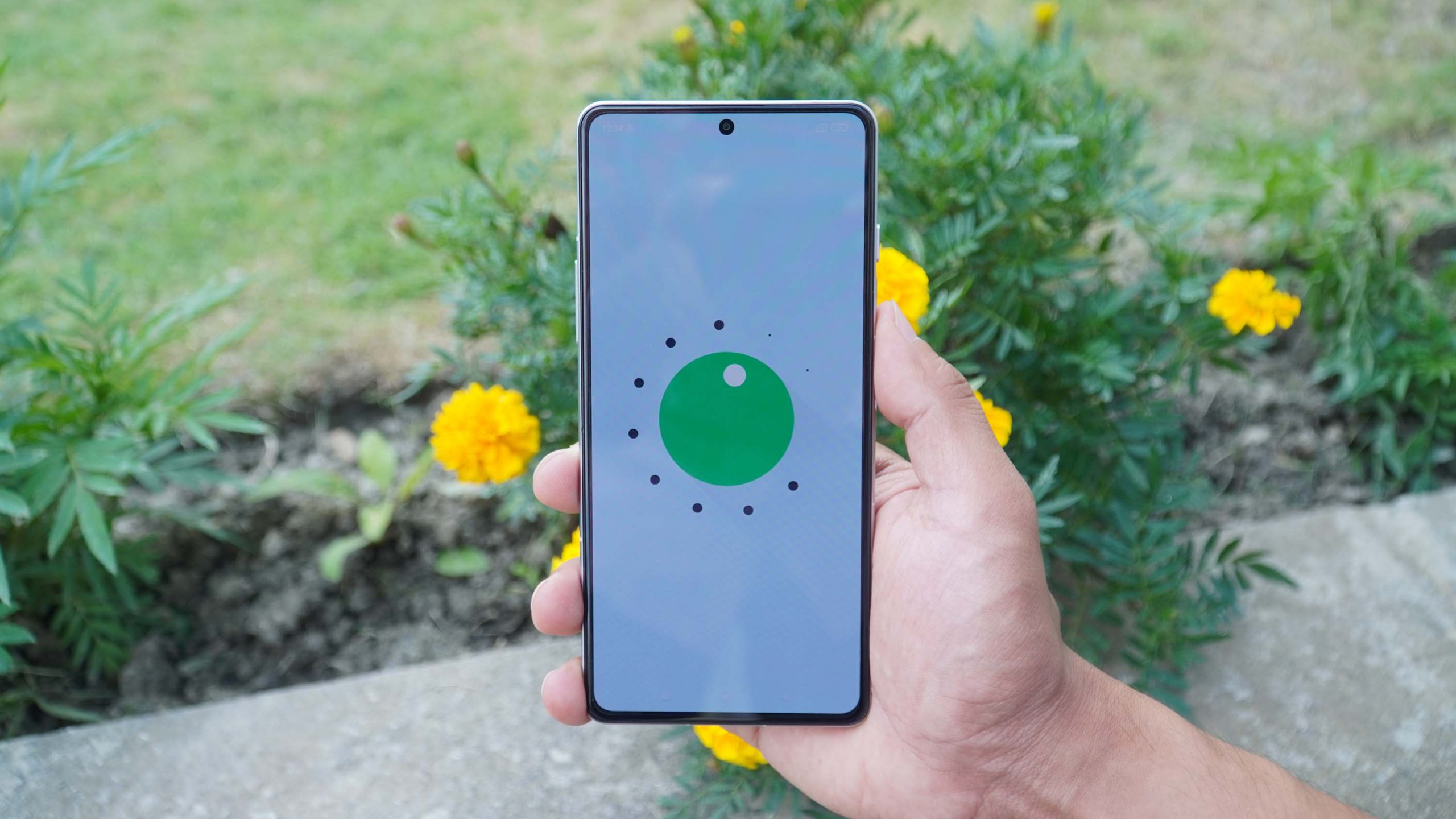
Redmi 10 Prime runs on MIUI 12.5.1 on top of Android 11.
The experience is the same as you find on any Xiaomi or Poco phone. And with that said, there are some new changes with the MIUI 12.5. With this version of MIUI, you get the new split-style control center. But, I prefer the standard one.
Furthermore, it comes with other standard features like raise to wake and double-tap to wake.
Should You Buy Redmi 10 Prime?
Redmi 10 Prime is a fine budget phone and a prime contender for the best budget phone of 2021.
ALSO READ: Xiaomi Mobiles Price in Nepal: Features and Specs
It features a good 90HZ IPS panel, a fast chipset, and a decent camera setup. However, I would actually prefer the Redmi 9 Prime over the Redmi 10 Prime in terms of design.
Overall, Redmi 10 Prime is not a huge leap from Redmi 9 Prime. And, I will rather go for the Redmi Note 10 over the Redmi 10 Prime. Redmi Note 10 costs Rs. 1000 more but it comes with an AMOLED panel and better cameras. The 10 Prime would have been a great deal if it was priced under Rs. 20,000.
What do you think about the Redmi 10 Prime? Let us know in the comments.
-
BYD Sealion 7 Set to Launch in Nepal: Bigger Than Atto 3, Pricier TooHIGHLIGHTS BYD Sealion 7 price in Nepal is expected to be between Rs. 70 Lakhs…
-
Nothing Phone (3) Pre-Booking Now Open in Nepal with Exciting Offers!HIGHLIGHTS The Nothing Phone (3) price in Nepal starts at Rs. 109,999 (12/256GB) with the…
-
Honor X6c with 120Hz Refresh Rate and IP64 Rating Open for Pre-BookingHIGHLIGHTS The Honor X6c price in Nepal is Rs. 16,999 (6/128GB) and Rs. 18,999 (6/256GB).…


